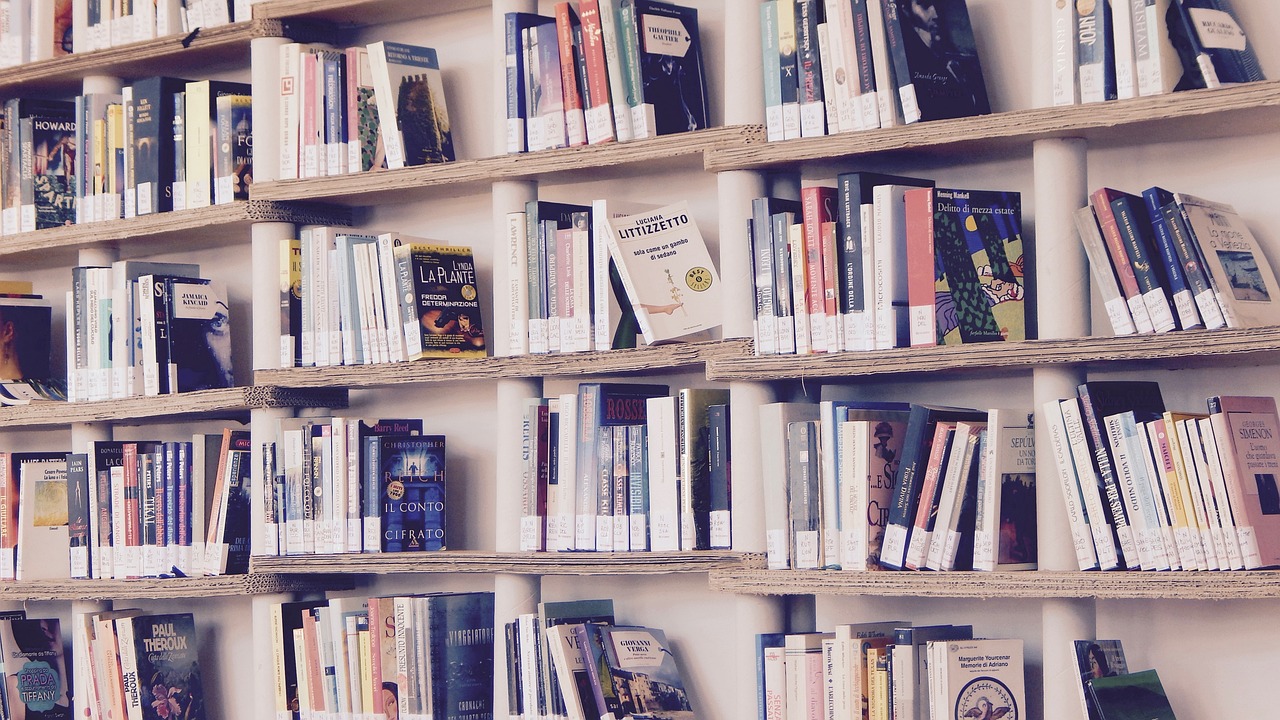
Transcarpathia, a region nestled in the heart of Europe, stands as a vibrant testament to cultural diversity and historical confluence. Straddling the border areas of Ukraine, Hungary, Slovakia, and Romania, this area is a melting pot of ethnicities, languages, and traditions, representing a rich tapestry of the cultural interplay that has shaped Central and Eastern Europe over centuries.
The region, known in Ukraine as Zakarpattia, is home to a unique blend of peoples including Ukrainians, Hungarians, Romanians, Slovaks, and a sizable Roma population. This diversity is reflected in the daily life of Transcarpathia, where multiple languages coexist, and a variety of religious practices are observed, from Eastern Orthodoxy and Roman Catholicism to Protestantism and Judaism.
Transcarpathia’s cultural richness is evident in its folk traditions, which have been preserved and continue to thrive. Traditional music, dance, and handicrafts such as embroidery, woodcarving, and pottery are not merely relics of the past but living practices that form part of the region’s identity. Annual festivals, like the Hutsul Festival in Rakhiv, celebrate these traditions, drawing visitors from across Europe and beyond.
The region’s architecture is a visual chronicle of its diverse history. Castles like Palanok in Mukachevo and the ruins of Nevitske Castle bear witness to Transcarpathia’s turbulent past, marked by various powers vying for control over this strategic area. The wooden churches of the region, some of which are UNESCO World Heritage Sites, are symbols of the religious diversity and artistic creativity of the Carpathian people.
However, Transcarpathia’s position at the crossroads of Europe has also meant a history of upheaval and change. The region has been part of various states and empires, from the Kingdom of Hungary and the Austro-Hungarian Empire to Czechoslovakia and the Soviet Union, before becoming part of independent Ukraine. Each era has left its imprint, contributing to the complex cultural mosaic that is present-day Transcarpathia.
Today, Transcarpathia faces the challenge of preserving its unique cultural heritage while navigating contemporary socio-economic issues. Issues such as economic development, minority rights, and integration with wider European frameworks are at the forefront of the region’s contemporary narrative. The delicate balance between maintaining cultural identity and fostering economic growth is a key focus for local and regional authorities.
The region’s potential as a hub for tourism is immense, given its natural beauty, cultural richness, and historical significance. Efforts to promote sustainable tourism, which respects and celebrates the region’s diverse heritage while contributing to local economies, are underway. Transcarpathia’s culinary scene, with its mix of Ukrainian, Hungarian, and Romanian influences, is another draw for tourists seeking authentic and diverse gastronomic experiences.
In conclusion, Transcarpathia stands as a unique region where diverse cultures and histories converge. Its tapestry of languages, traditions, and peoples serves as a living example of the cultural plurality that has historically characterised Central and Eastern Europe. As Transcarpathia continues to bridge cultures at Europe’s crossroads, its challenge and opportunity lie in harnessing this diversity for a cohesive and prosperous future, one that respects its rich heritage while adapting to the evolving dynamics of the 21st century.






